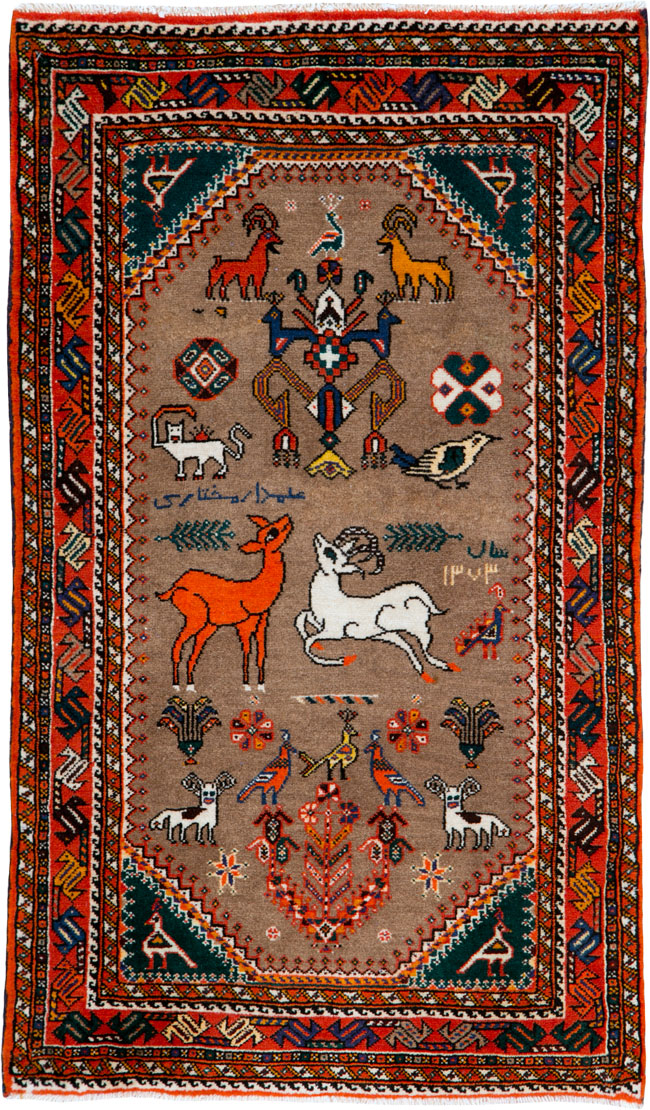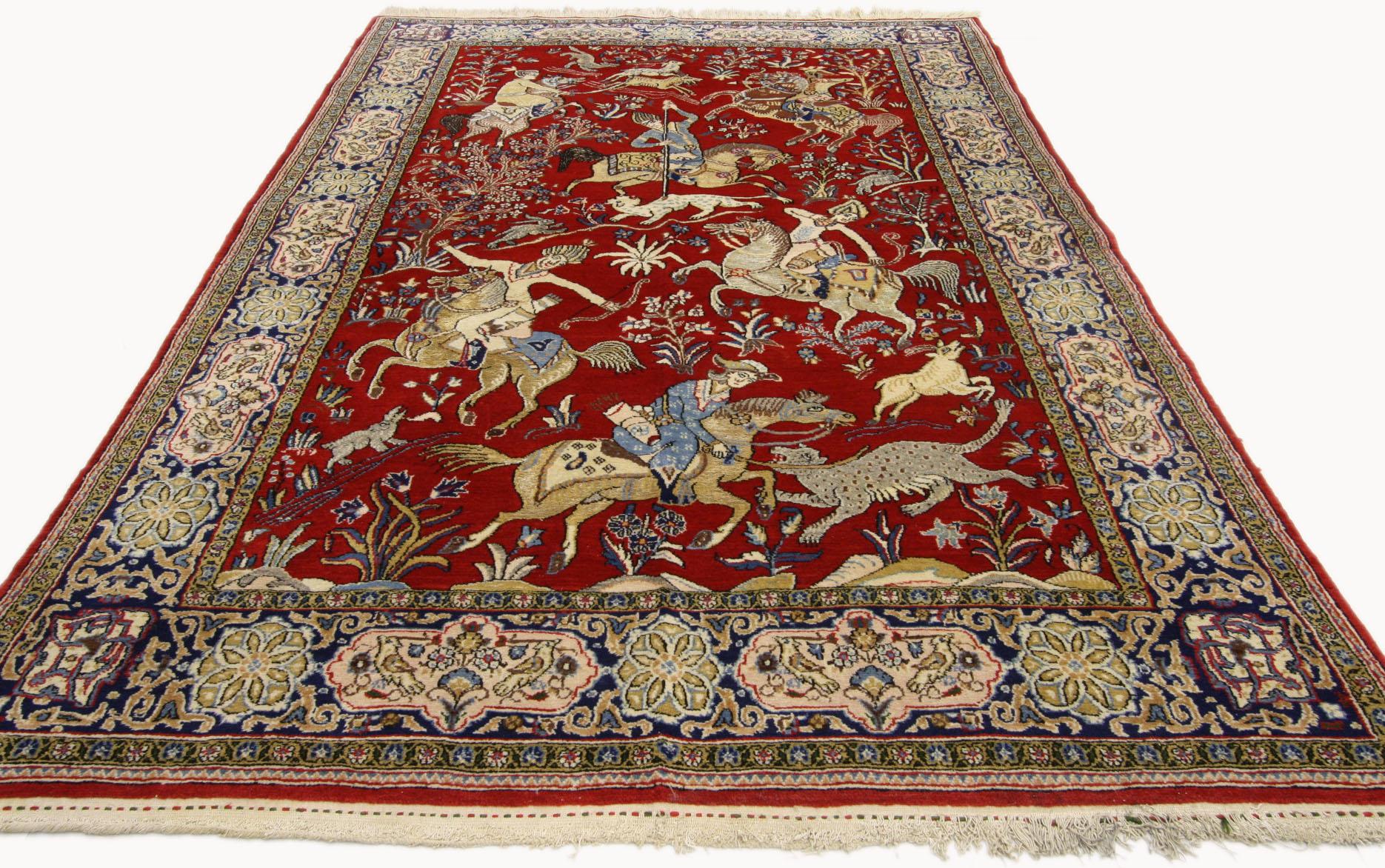

Krieg und Frieden im Spiegel afghanischer Bildteppiche, Gollenstein Verlag (publishers), Blieskastel (in Germany), 2000, ISBN 978-3933389312.

Jürgen Wasim Frembgen and Hans Werner Mohm: Lebensbaum und Kalaschnikow.Additionally, after 9/11 the events of that day were recorded in carpets, and more recently – since 2015 – drones have appeared as subject matter. Since the withdrawal of the USSR, the same themes and subjects have been reused and remade. The distinctive characteristic of these rugs is their capacity to convey their makers' experiences and interpretations of the circumstances and politics of war and conflict in the region. The terms Baluch and war rug are generalisations given to the genre by rug dealers, commercial galleries, collectors, critics, and commentators. The rugs produced in response to these events are among the world's richest traditions of war art of the late 20th and early 21st centuries. They continue to do so today in the wake of the United States' 2001 invasion of Afghanistan which ousted the Taliban government of Mullah Omar but has failed to bring an end to violence in the country. Afghan rug-makers began incorporating the apparatus of war into their designs almost immediately after the Soviet Union invaded their country. The war rug ( Persian: فرش جنگی farš jangi) tradition of Afghanistan has its origins in the decade of Soviet occupation of Afghanistan from 1979 and has continued through the subsequent military, political and social conflicts. Wikimedia Commons has media related to War rugs of Afghanistan.


 0 kommentar(er)
0 kommentar(er)
